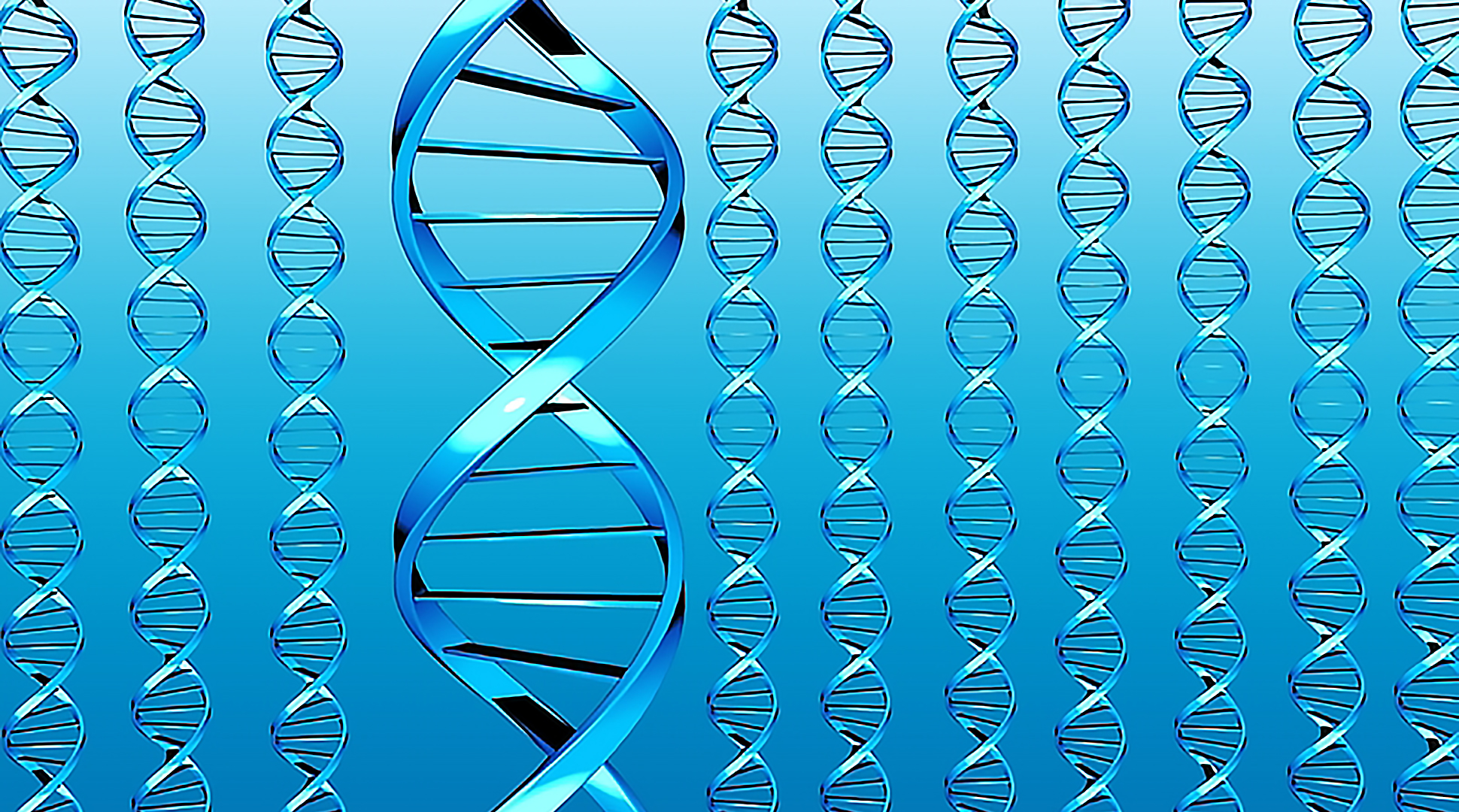It's easy to find a lot of scary information on the internet when it comes to food. Creating food fear is a huge industry.
So when an individual shared her concerns about GMOs with one of our blog writers, we thought it would be good to answer some of those frequently asked questions.
Jennifer stated: Most consumers are concerned about Transgenic (what 90% of consumers that are concerned about their health refer to as GMOs) and in my opinion should never have been produced.
What is the difference between Transgenic and GMO? That question was answered on GMO Answers by Dr. L. Curtis Hannah, Professor, University of Florida. It is reprinted in part here:
To a geneticist, genetic modification means exactly what the words say: there is modification in the genetic material. This heritable form of variation of course is caused by mutation. Mutation can be natural or induced. Classic agents that induce mutation are some chemicals and some forms of radiation. For years, plant breeders have used induced mutation breeding to create favorable traits in plants as well as other organisms. These investigators treat seed with a powerful mutagenic agent and then screen progeny arising from these seeds for the trait of interest. The breeders also select against detrimental traits caused by the mutagen. These detrimental mutations are much more common than advantageous changes.
“Natural” mutations can also be caused by the radiation and chemicals we expose ourselves to in our normal life; however, most natural mutations occur when cells make mistakes in copying their DNA.
Transgenic refers to the movement or insertion of a gene into an organism that normally does not have a copy of that gene. It also can be natural or it can be induced. A recent paper (Kyndt et al 2015 Proceeding of the National Academy of Sciences 112: 5844) documents the natural transfer of some bacterial genes into sweet potato using exactly the same transferring system that is used by scientists to make some of the transgenic crops now on the market. On top of this, some organisms have the ability to make new genes by combining pieces of older existing genes (reviewed in Lal and Hannah, 2005 Proc. Natl Acad Sciences 102:9993). With this background, it should be clear that the use of the term “GMO” to describe transgenic organisms is simply wrong. But the misuse of the term is now so popularized that it is virtually impossible to change. Read the rest of Dr. Hannah's response.
